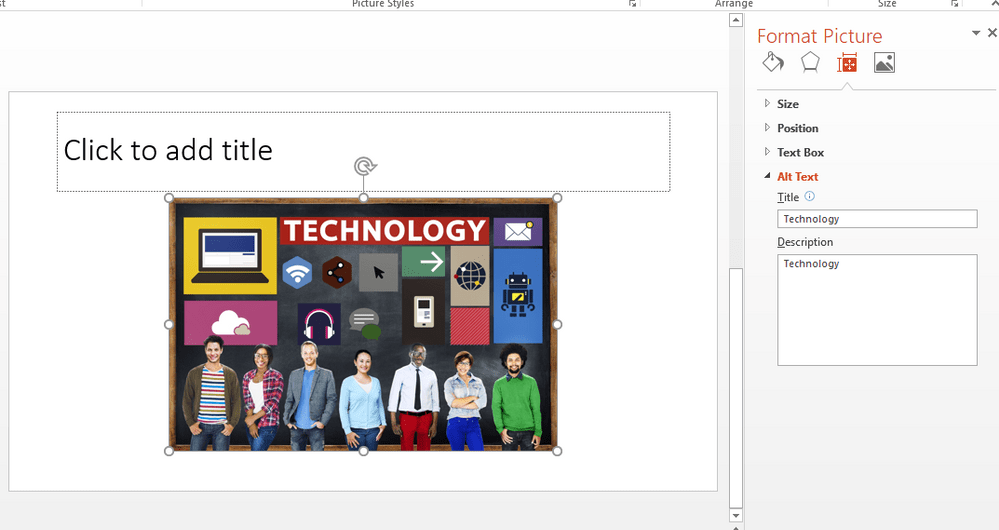Image alt tags, also known as alternative text, are a behind-the-scenes text descriptor that appears for images on a web page when it doesn’t load or if a screen reader program is being used.
They were originally introduced to help visually impaired users. Today, they are essential for SEO-friendly web design and are beneficial for the user experience.
What are they?
Image alt tags are a part of HTML code that provides alternative text for images on your website. These text descriptions are important for visually impaired visitors and search engines.
They also help with SEO because they provide additional information that helps search engines understand the content of an image. Additionally, they improve web accessibility for people who are blind or have low vision.
For example, imagine a page that includes many decorative images. Without ALT text, users who use screen readers would have no idea what the images are about.
When writing ALT text for your website, keep the user in mind and be descriptive. The text should be brief, yet descriptive enough for both humans and search engine crawlers to understand what the image is about.
Why are image alt tags important for SEO?
Image alt tags are an important part of a website’s search engine optimization (SEO) strategy. They can help to improve your site’s accessibility and user experience, as well as providing additional keyword data for web crawlers to use when analyzing your page content.
For example, if an image includes a logo for your business, you may want to include the name of the company in your image alt text so that it can be displayed in the search results for that keyword.
However, this can also be a risky strategy, as if you include too many keywords in your alt text it can be hard for search engines to understand the context of the content and may even lead to a Google penalty.
Therefore, it is important to create accurate and detailed image alt text for SEO purposes. The alt tag description should also be able to convey the purpose of the image and be concise.
How do I add image alt tags to my website?
Image alt tags, or alternative text, are a key part of SEO. They help search engines identify the content of images and can also improve website accessibility for visually impaired users who use screen readers.
The best way to write image alt text is to keep it as descriptive as possible without being overly long or spammy. The best way to do this is to think about how you would describe the image to someone over the phone or in person.
Avoid starting your alt text with words like “picture of” or “Image of.” These phrases already indicate to screen-reading tools that it is an image, so they will be redundant.
In addition, it is a good idea to include keywords sparingly in your alt text. If you are using a longtail keyword, try to include only the most important terms within the keyword, as this will avoid spammy attempts at keyword stuffing that most search engines frown upon.
How do I make sure my images are optimized?
Image alt tags are important for SEO and the overall performance of your website. They help search engines understand what an image is about and also affect your site’s accessibility score.
If your images aren’t optimized with relevant image alt tags, they’re likely to be cut off by screen readers or viewed incorrectly by blind or visually impaired users. This can negatively impact your website’s search results and can cause a negative user experience for your audience.
It’s crucial to create short, detailed descriptions that communicate what the image is about. These should include any keywords that you’d like to optimize the page for, but avoid keyword stuffing as this can negatively affect your SEO and user experience.
Contact Us For Help With Image Alt Tags!
If you are in need of assistance with your website’s SEO, contact us to schedule a consultation today!

